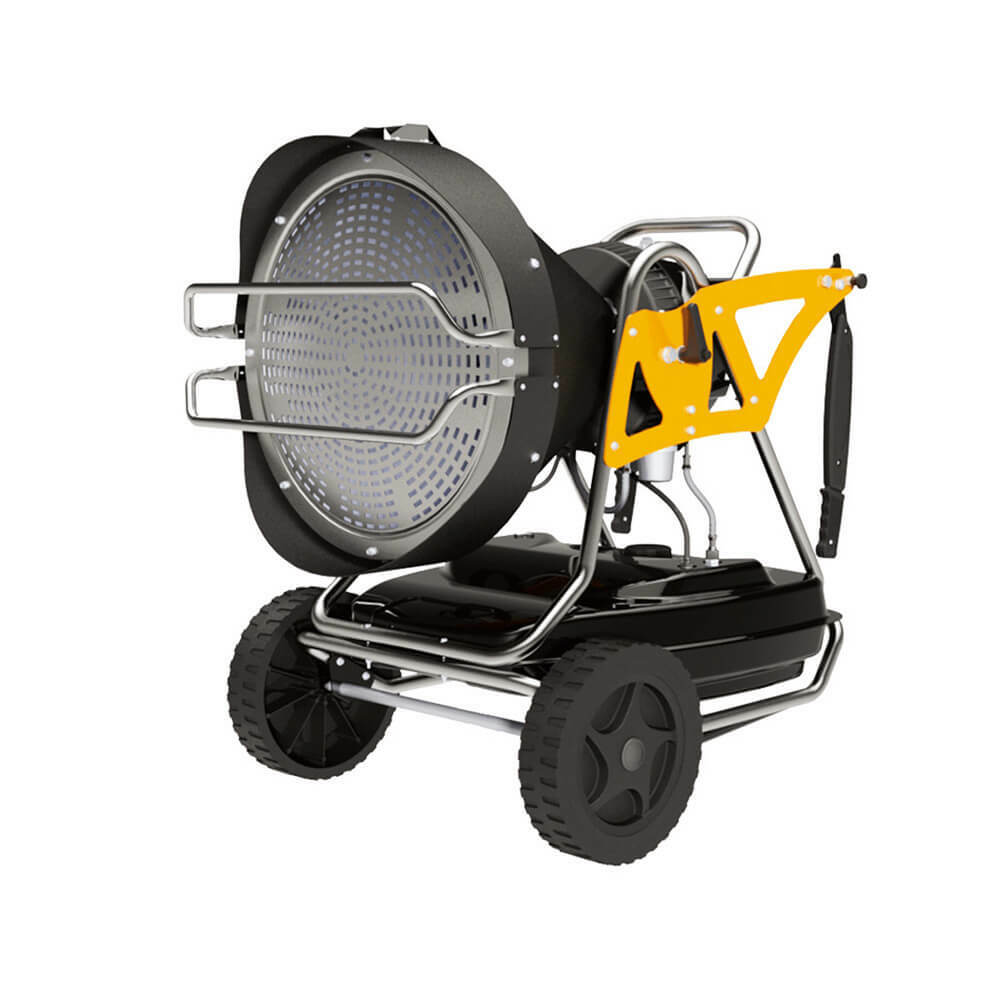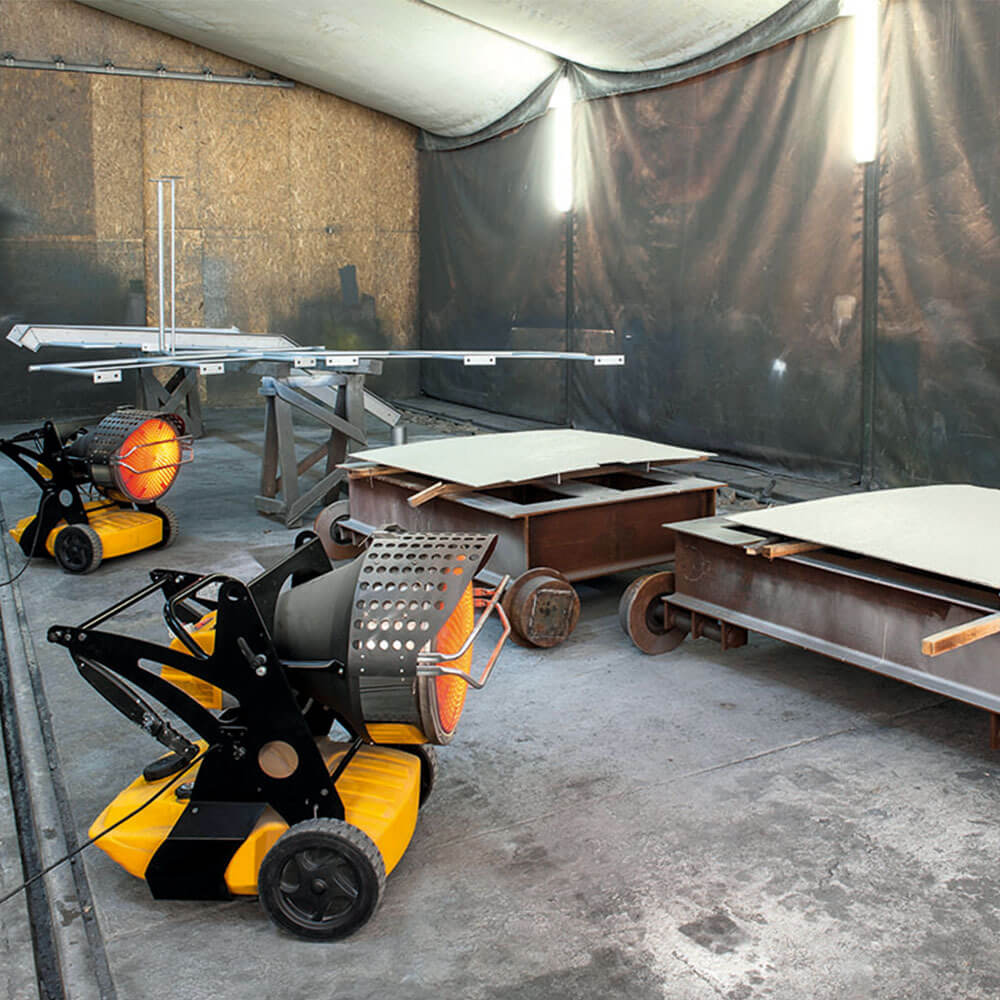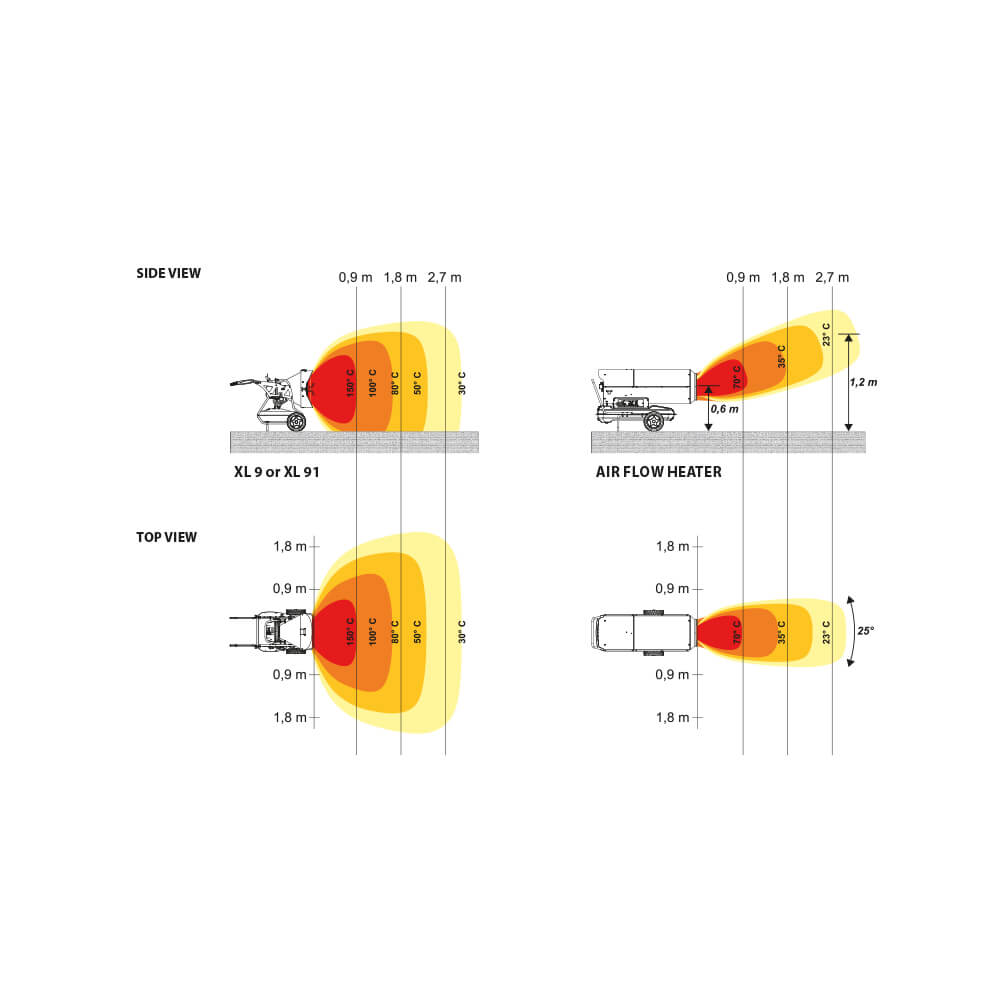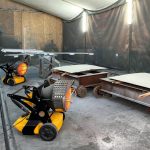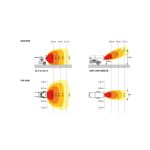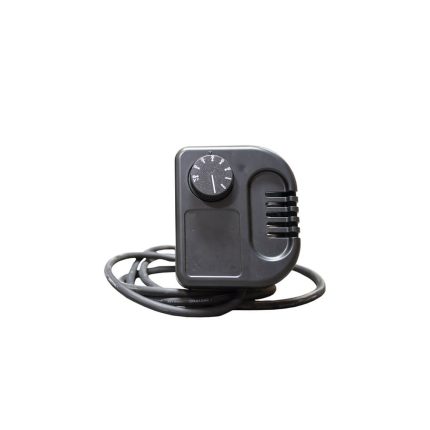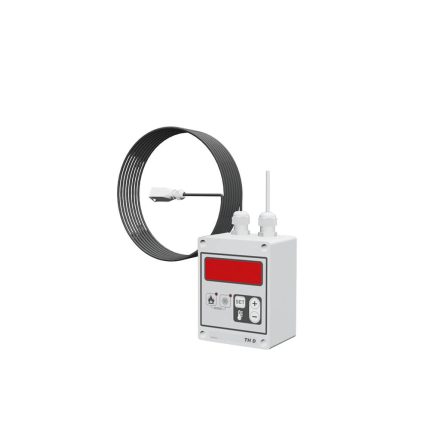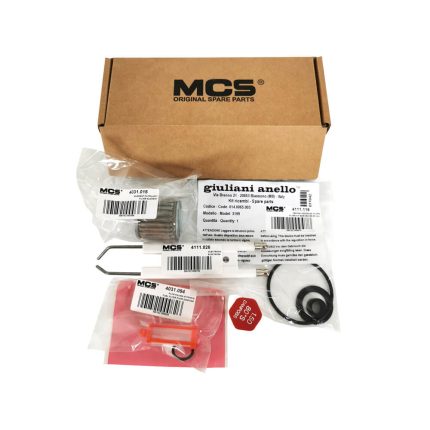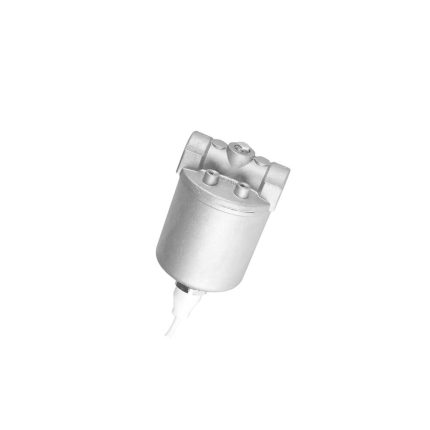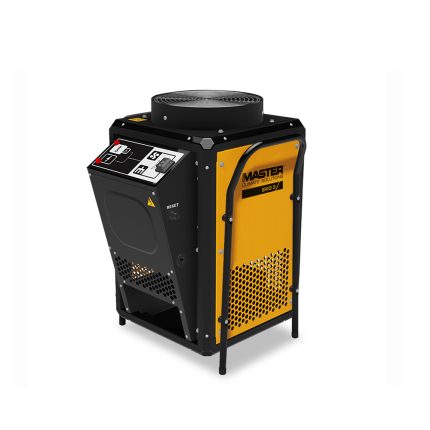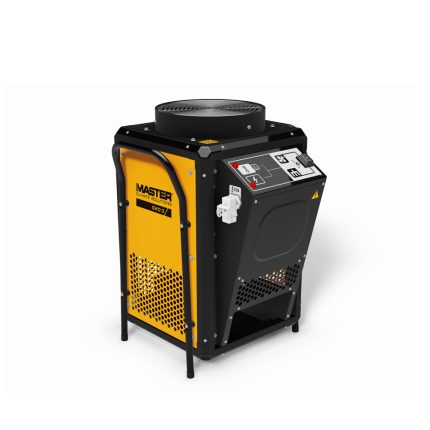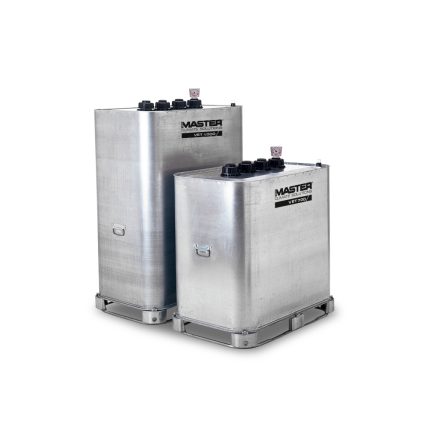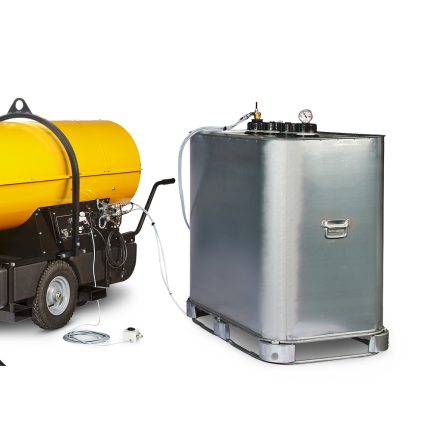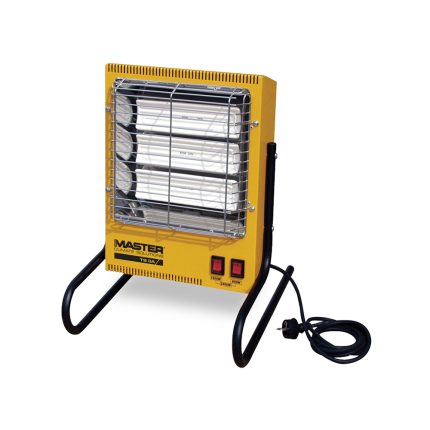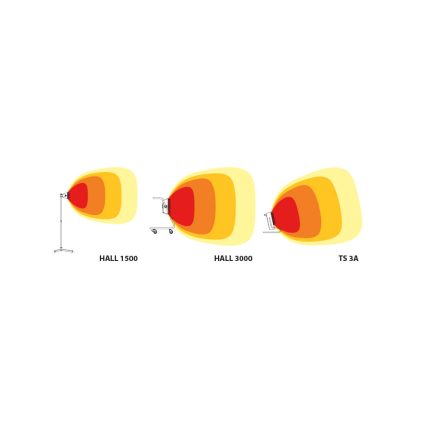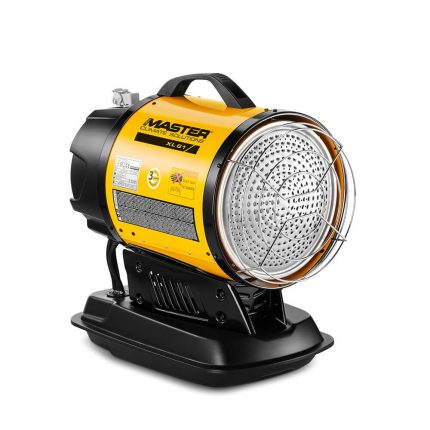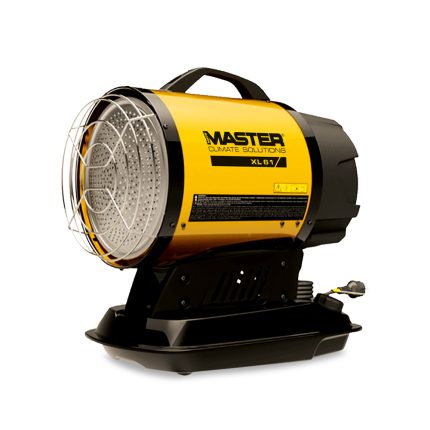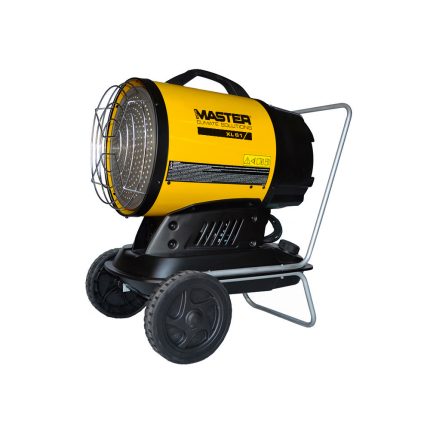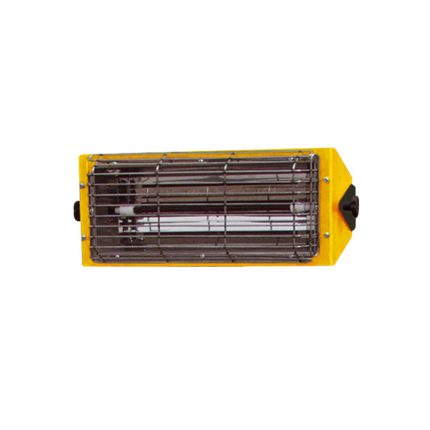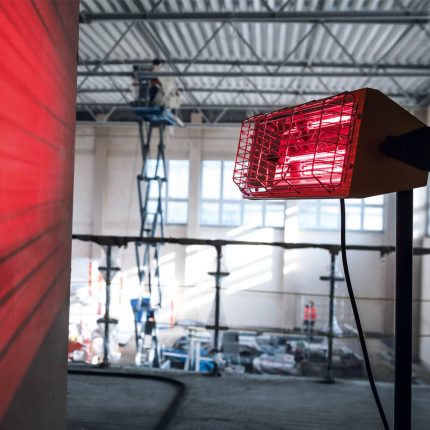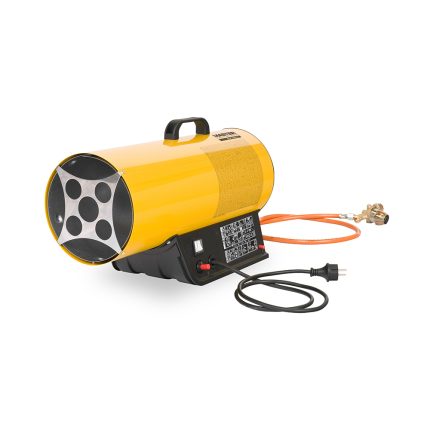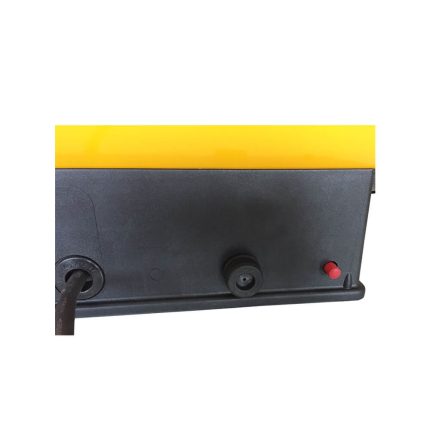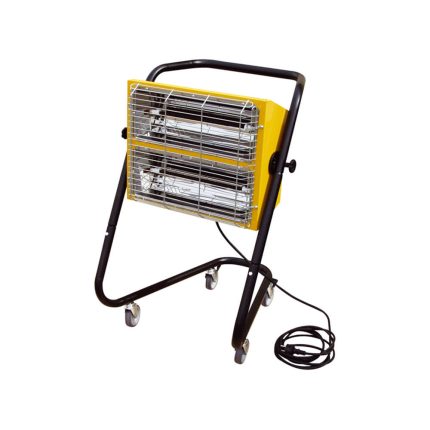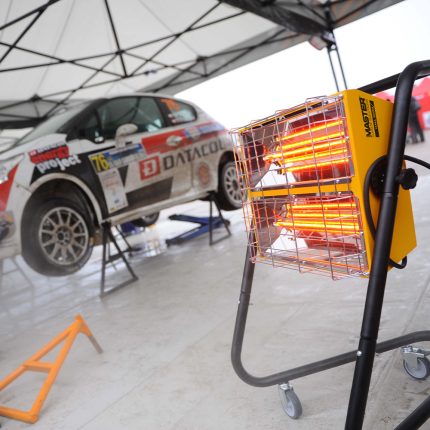Key features
Similar to the sun, short-wave infrared radiation heats the objects without heating the air. Once objects (or walls) are penetrated with heat, they can also reradiate and heat other objects. Infrared radiation heats through fog or wind. Infrared radiation travels straight, unlike hot air which rises. Infrared heaters are an excellent solution for:
- Heating objects, bodies or walls indoors and outdoors.
- Drying plaster walls. Infrared heat penetrates the wall and evaporates the humidity of the wall from inside. Unlike an air flow heater which creates a dry surface which traps humidity in the wall.
- Heating objects or limited indoor spaces. Unlike other methods where the hot air is quickly dispersed in the room.
- Saving energy, because less energy is required for achieving the same heating effect.
Product specifications
| Specifications | Units | XL 91 |
|---|---|---|
| Heating power | kW | 29 | 43 |
| Heating power | Btu/h | 99,300 | 146,900 |
| Heating power | kcal/h | 25,000 | 37,000 |
| Fuel consumption | l/h | 2.7 | 4.03 |
| Fuel autonomy | h | 21 | 14 |
| Thermostat control | Analogue or digital | |
| Electric power | kW | 0.19 |
| Power supply | V/Hz | 220-240/1ph/50 |
| Rated current | A | 0.7 |
| Tank capacity | l | 60 |
| Product size | mm | 710 x 970 x 990 |
| Box size | mm | 1030 x 750 x 1190 |
| Net/gross weight | kg | 69/85 |
| Pallet | pcs | 1 |
| 110 V | No |
Suitable for
- Agriculture
- Construction
- Emergency services
- General industry and production
- Military and aerospace
- Rental companies

